

For ethical bowhunters, a clean kill is paramount. It minimizes animal suffering and upholds the respect for the game we pursue. But achieving a clean kill relies heavily on choosing the right arrow for the job. This isn't just about broadhead selection (although that's crucial); it's about arrow weight, spine stiffness, and total arrow flight – all factors that significantly impact ethical hunting practices.
Matching Arrow Weight to Kinetic Energy
Imagine this: a lightweight arrow zipping towards a large deer. While it might penetrate, it may lack the necessary kinetic energy (KE) to deliver a humane, quick kill. The animal suffers a prolonged, agonizing experience. Conversely, an excessively heavy arrow on a smaller animal could over-penetrate, causing unnecessary damage and potentially losing valuable meat.
The key lies in achieving optimal KE. Think of KE as the arrow's "punch." It's a product of arrow weight and velocity. For ethical bowhunting, broadhead selection goes hand-in-hand with arrow weight. Heavier broadheads require heavier arrows to maintain sufficient KE. Consult arrow charts from reputable manufacturers to find the perfect combination for your bow setup and target animal.
Here's an analogy: think of arrows like throwing darts. A heavy dart with the right throw (velocity) will stick firmly in the dartboard, mimicking a clean kill. A lighter dart, even with a perfect throw, might just bounce off – the equivalent of an unethical wounding shot.
Spine Stiffness: Ensuring Accuracy and Penetration
Another crucial factor is arrow spine stiffness. Imagine a limp pool noodle versus a stiff chopstick. That's the difference between a weak and a stiff arrow spine. A weak spine flexes excessively in flight, leading to inaccuracy and potentially glancing blows. A stiff spine ensures a straight, true flight path for maximum penetration.
So, how do you choose the right spine? Consider factors like your draw weight, arrow length, and broadhead weight. A stiffer spine is generally needed for heavier draw weights, longer arrows, and heavier broadheads. Consult manufacturer charts or seek guidance from a qualified archery shop to ensure your arrows have the right stiffness for ethical hunting.
Beyond the Arrow: Perfecting Flight
Beyond the arrow itself, achieving a clean kill hinges on proper arrow flight. This encompasses factors like fletching (feathers or vanes that stabilize the arrow), nock fit (how the arrow sits on the bowstring), and overall tuning of your bow. Improper flight can sabotage even the most ethically chosen arrow.
Imagine a car with misaligned wheels. No matter how powerful the engine, it won't drive straight. Similarly, improper arrow flight can lead to erratic arrow paths, potentially causing wounds in non-vital areas.
By ensuring proper fletching, nock fit, and bow tuning, you're essentially "paving the road" for your arrow's flight. This allows for maximum accuracy and predictable penetration, leading to cleaner, more ethical kills.
Conclusion: A Responsibility, Not Just a Choice
Choosing the right arrow isn't just about technical specifications; it's about respecting the game we pursue. By prioritizing ethical hunting practices through responsible arrow selection and proper setup, we minimize animal suffering and uphold the true spirit of bowhunting. Remember, a well-placed shot with the right arrow is far more ethical than a poorly placed one, regardless of the broadhead used.